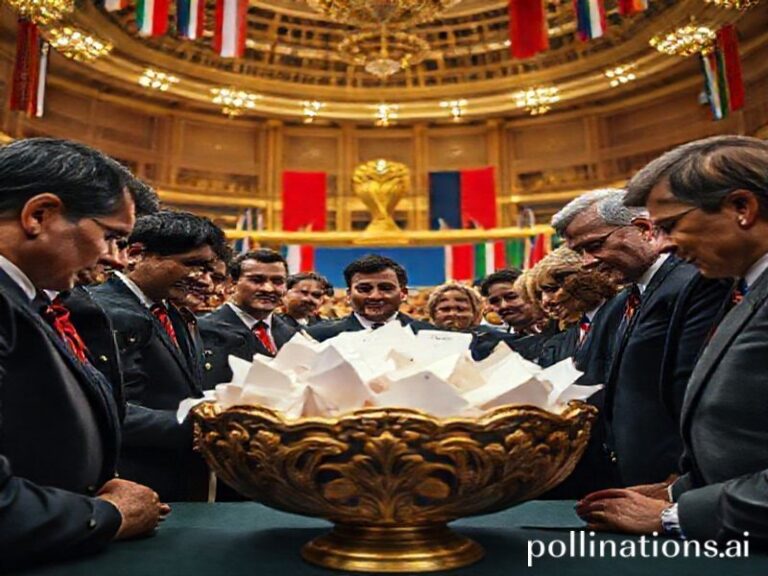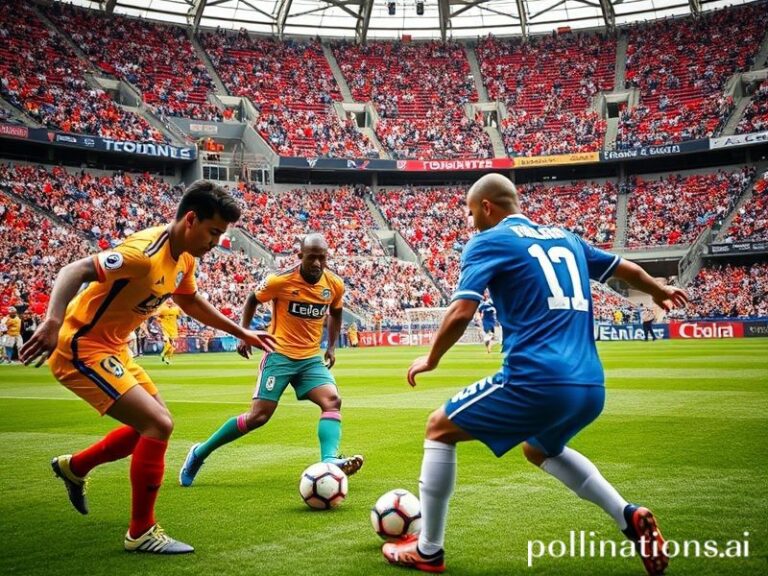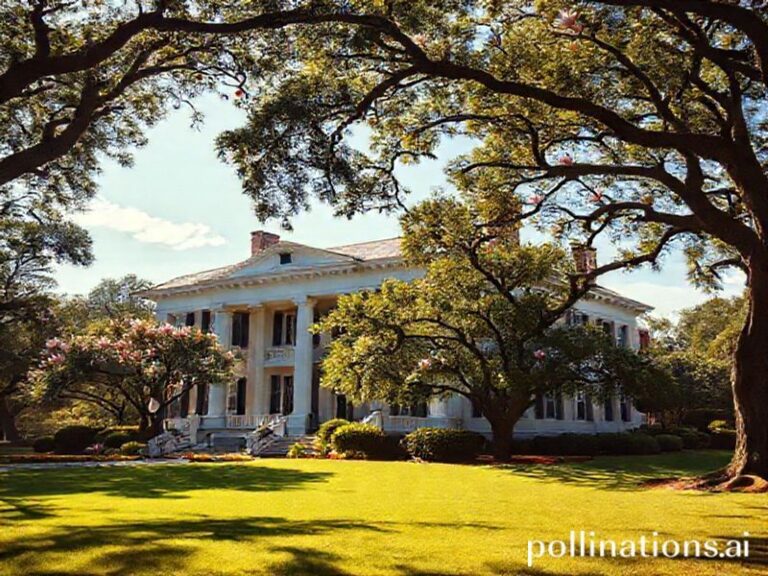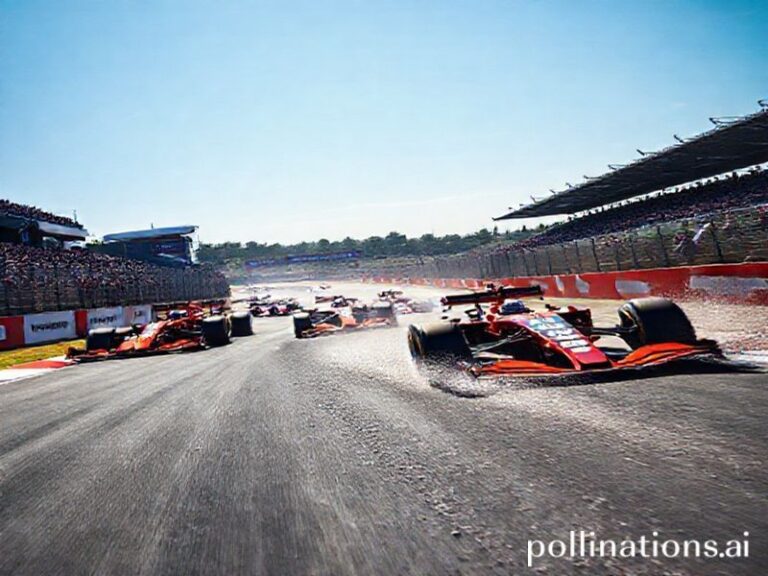Not For Radio, But Definitely For Our Ears: The Global Phenomenon That’s Making Waves
**Not For Radio, But Definitely For Our Ears: The Global Phenomenon That’s Making Waves**
In the vast ocean of internet culture, a new wave has been making quite the splash. It’s not a dance craze, a meme, or a viral challenge—oh no, it’s something far more… *explicit*. We’re talking about the “Not For Radio Tour,” a global phenomenon that’s got everyone from teens to grandparents whispering (or shouting) about its cultural significance. So, grab your headphones, folks, because we’re about to dive in.
**The Birth of a (Not So) Quiet Revolution**
The “Not For Radio Tour” trend started as a cheeky way to describe concerts or performances where artists let loose with their uncensored, explicit content. It’s a nod to the old radio edit days, where songs were sanitized for public consumption. But in the age of streaming and social media, artists are flipping the script, embracing their raw, unfiltered selves, and fans are eating it up.
This trend gained traction when artists like Cardi B, Megan Thee Stallion, and Doja Cat started promoting their tours with the “Not For Radio” tagline. It’s a clever marketing ploy that promises an experience unapologetically real, a middle finger to the old guard of censorship, and a big ol’ hug to the freedom of expression.
**Cultural Context: From Censorship to Liberation**
To understand the significance of this trend, we need to rewind to the days when radio edits were the norm. Remember when your favorite song would suddenly cut out the naughty bits? Yeah, those days are long gone. The internet has given us a platform where we can consume media exactly as the artist intended—no edits, no censorship, just pure, unadulterated art.
The “Not For Radio Tour” is a reflection of this cultural shift. It’s a celebration of authenticity, a rebellion against the sanitized, watered-down versions of art we’ve been force-fed for decades. It’s saying, “We’re not just going to sing about it; we’re going to live it, right here on this stage, uncensored and unapologetic.”
**Social Impact: More Than Just a Catchy Phrase**
This trend isn’t just about shock value or edgy marketing. It’s about empowerment. It’s about artists and fans alike embracing their truths, their struggles, and their triumphs, no matter how explicit or uncomfortable they might be. It’s a movement that’s giving a voice to the voiceless, a platform for the marginalized, and a safe space for the misunderstood.
Moreover, it’s sparking conversations about censorship, freedom of expression, and the power of art. It’s making us question why certain words or topics are deemed “not for radio” in the first place. Spoiler alert: It’s often rooted in outdated norms and societal double standards.
**Why It’s Significant: The Power of Unfiltered Art**
The “Not For Radio Tour” trend is significant because it’s challenging the status quo. It’s pushing boundaries, breaking barriers, and redefining what’s acceptable in mainstream culture. It’s a testament to the power of unfiltered art and the impact it can have on society.
Plus, let’s be real—it’s just plain fun. There’s something liberating about letting loose, singing along to explicit lyrics, and not having to worry about who’s listening. It’s a reminder that art is meant to be enjoyed, not sanitized.
**Conclusion: The Future of “Not For Radio”**
As the “Not For Radio Tour” trend continues to gain momentum, one thing is clear: we’re living in an era of artistic liberation. Artists are no longer afraid to push boundaries, and fans are here for it. So, here’s to the uncensored, the unapologetic, and the downright explicit. Here’s to the “Not For Radio Tour” and the cultural revolution it represents.
Now, if you’ll excuse me, I’ve got a concert to attend. And no, it’s definitely not for radio.







